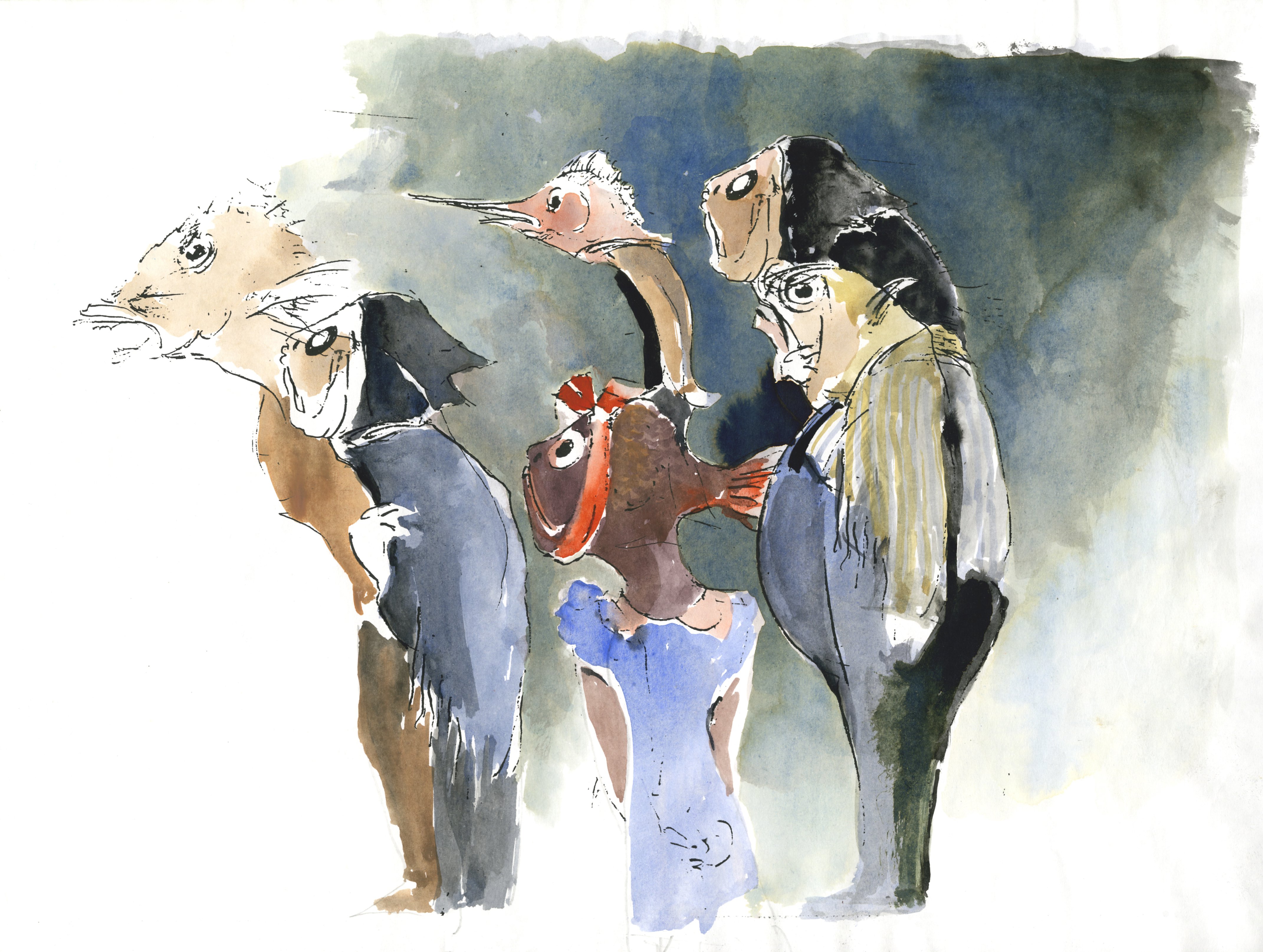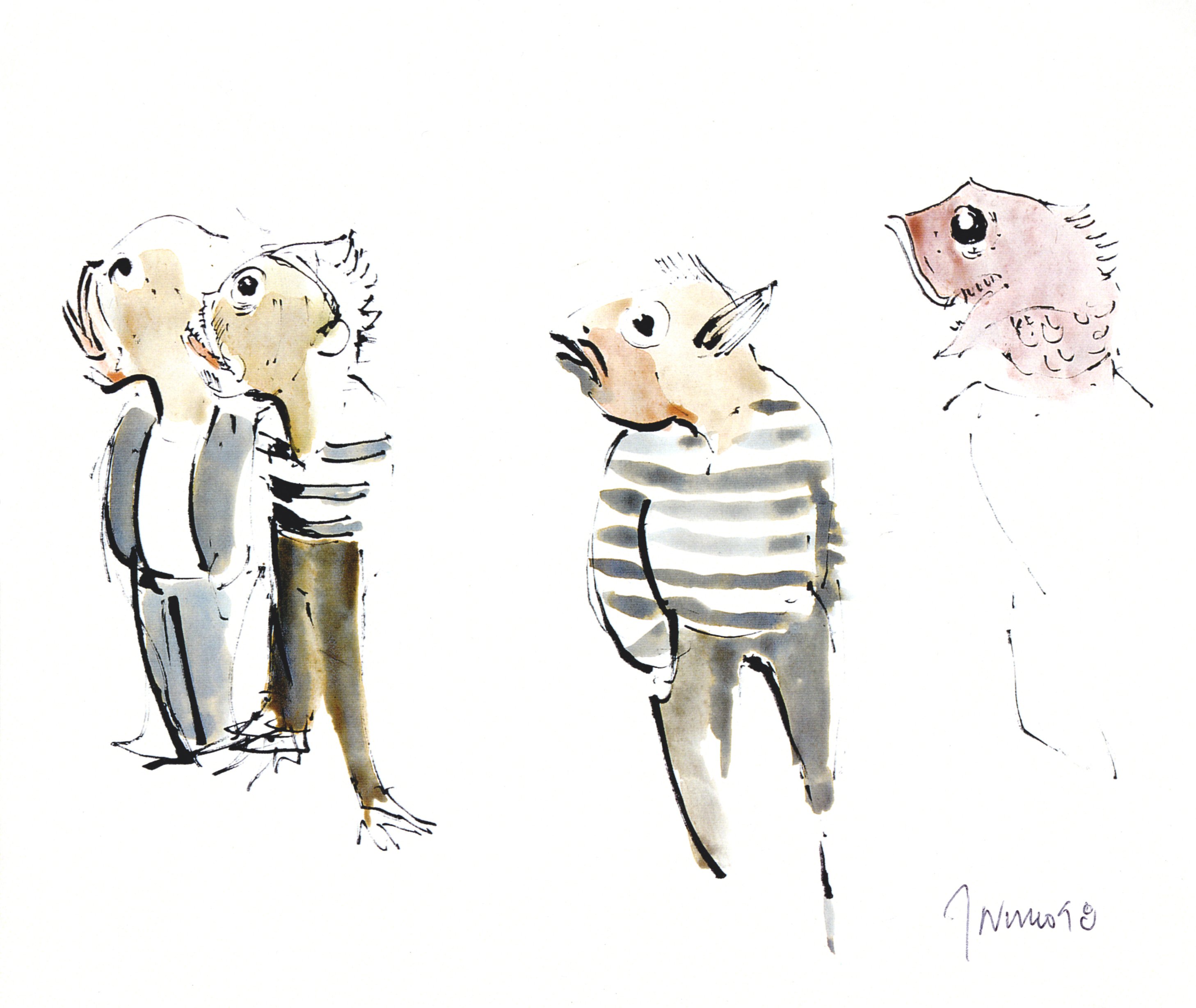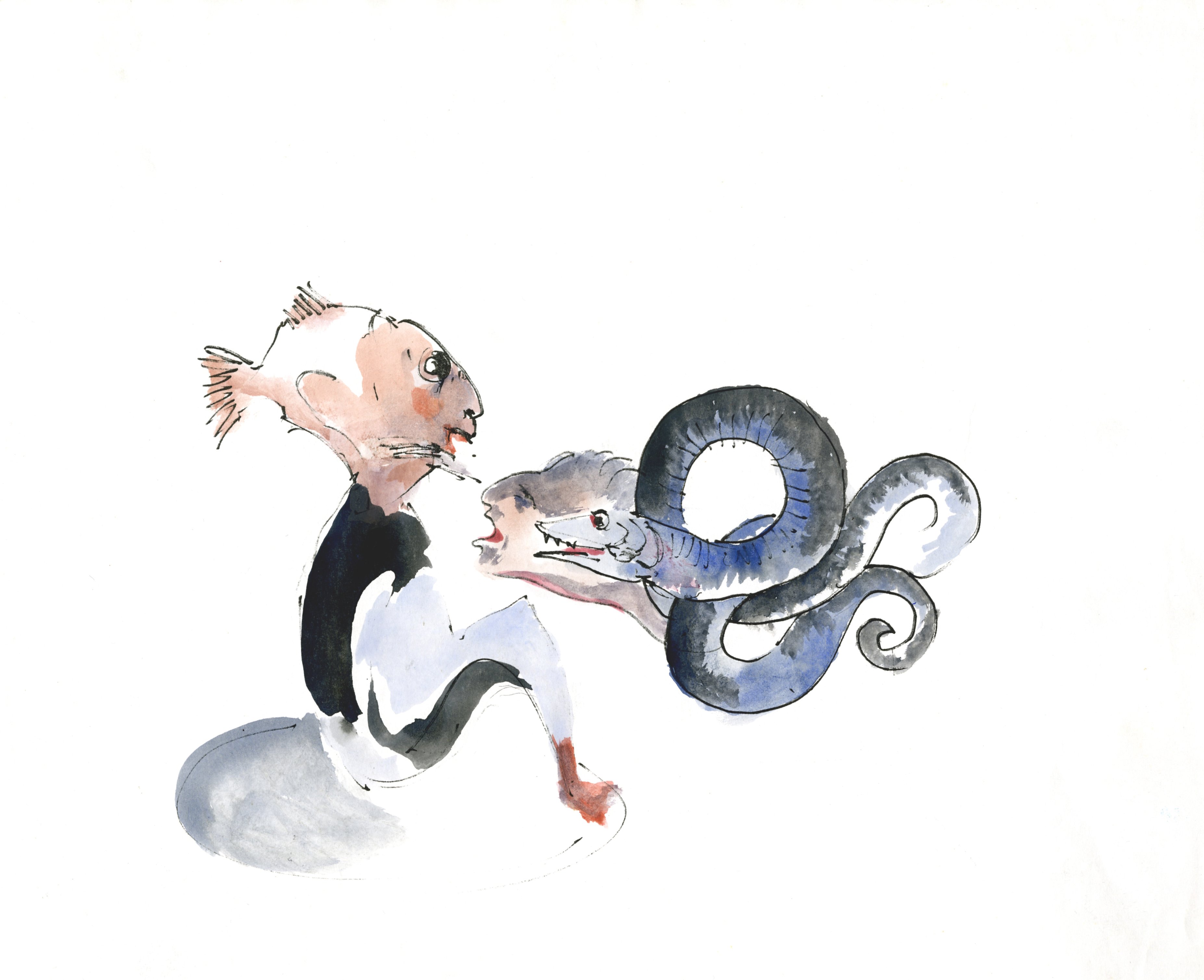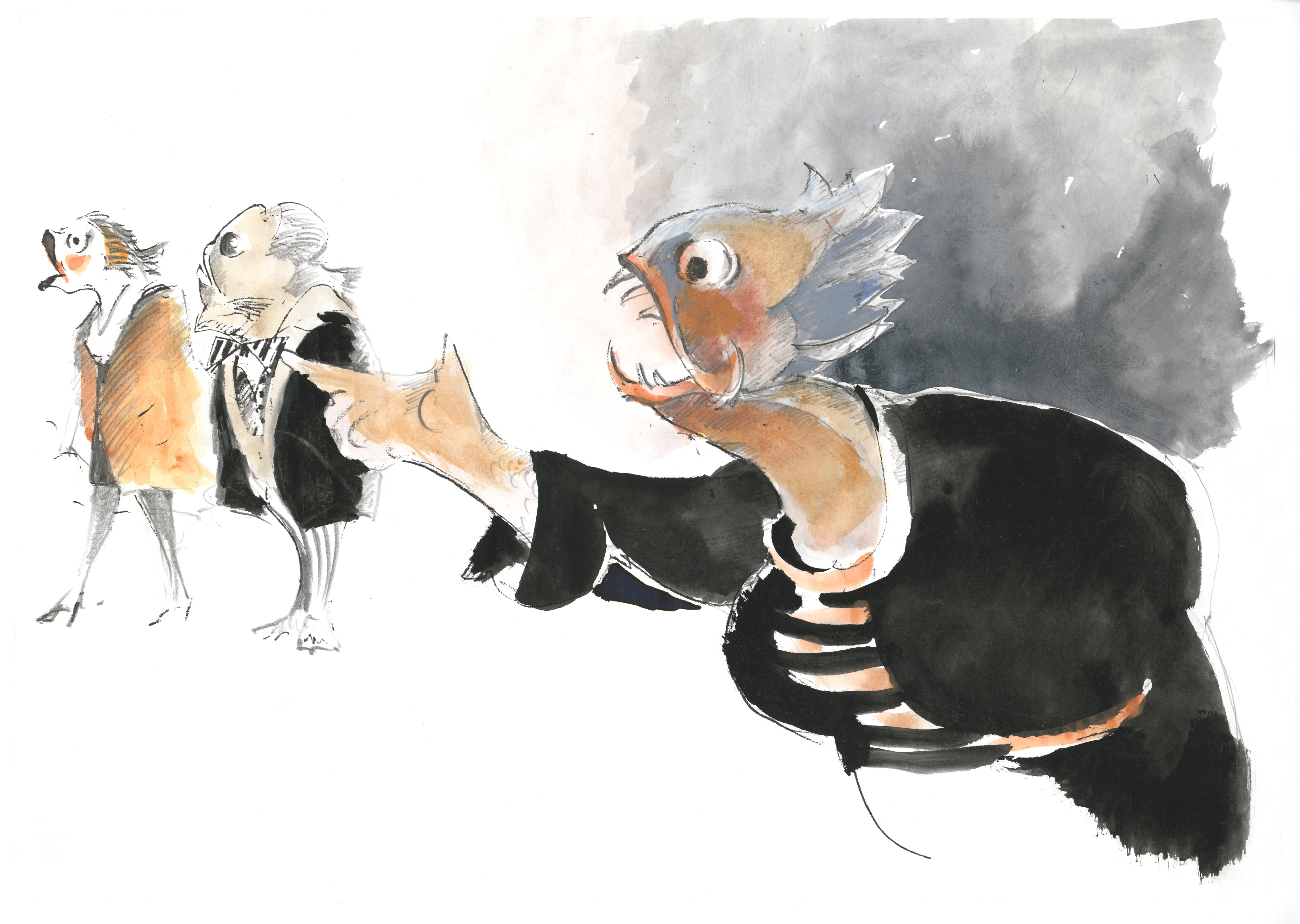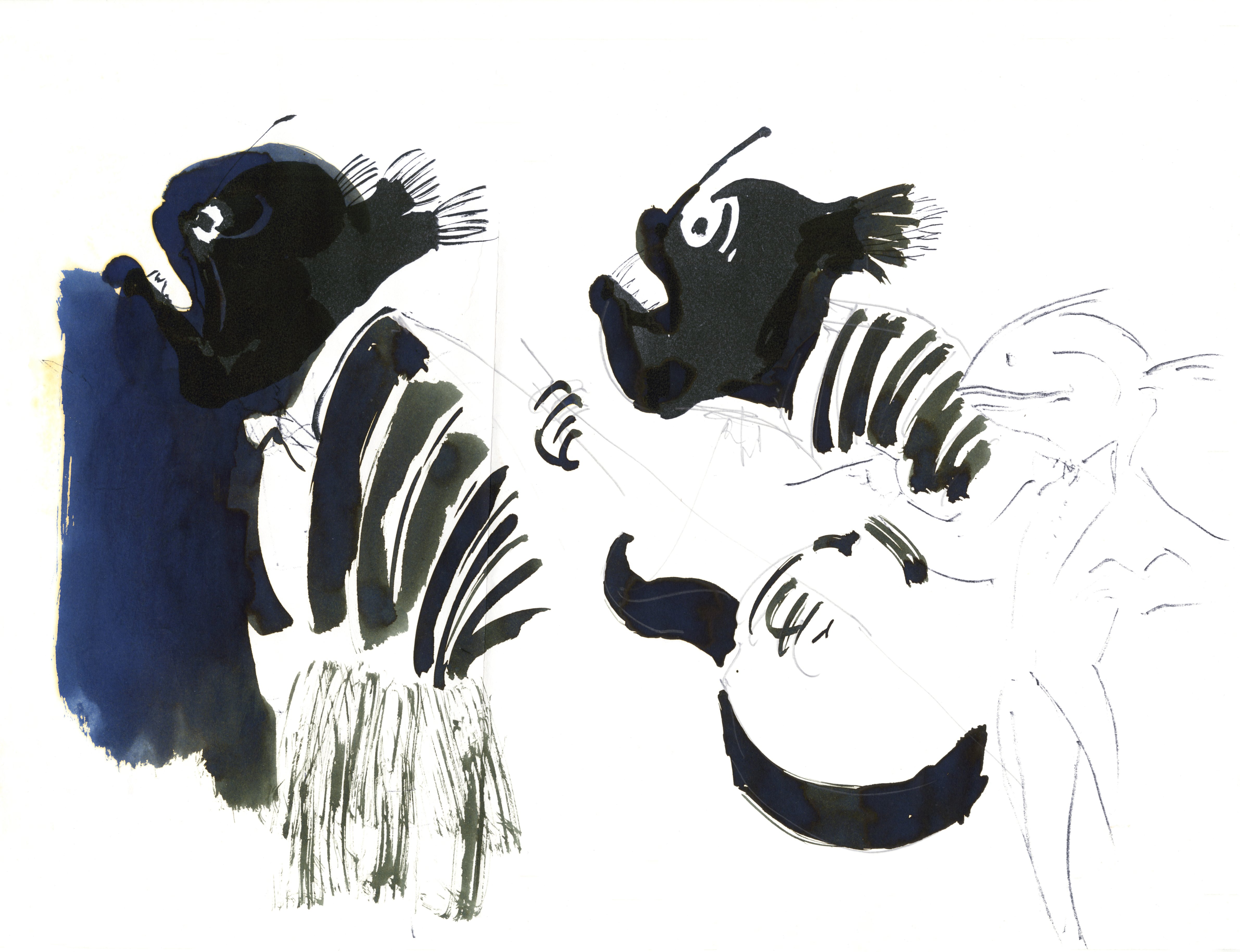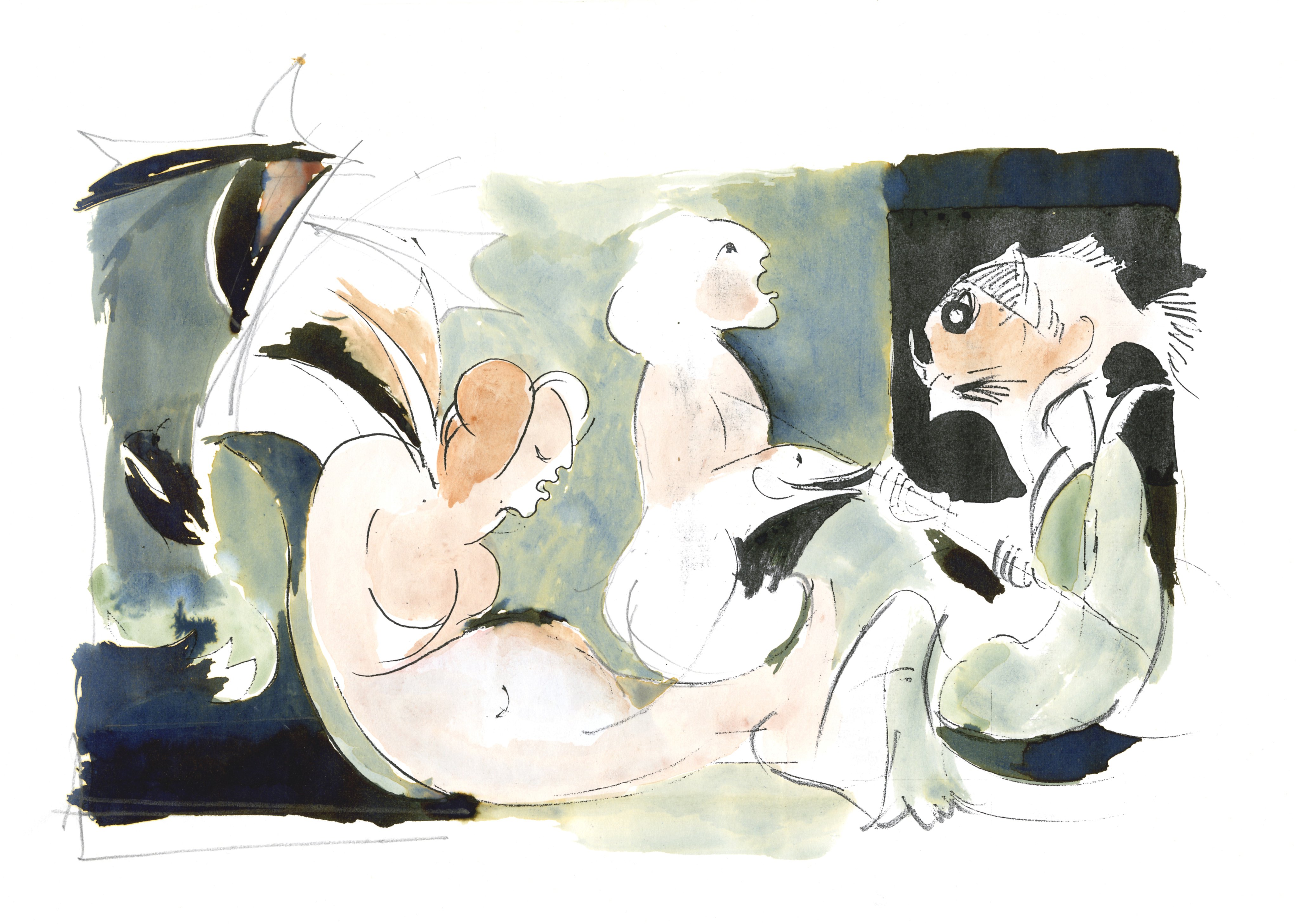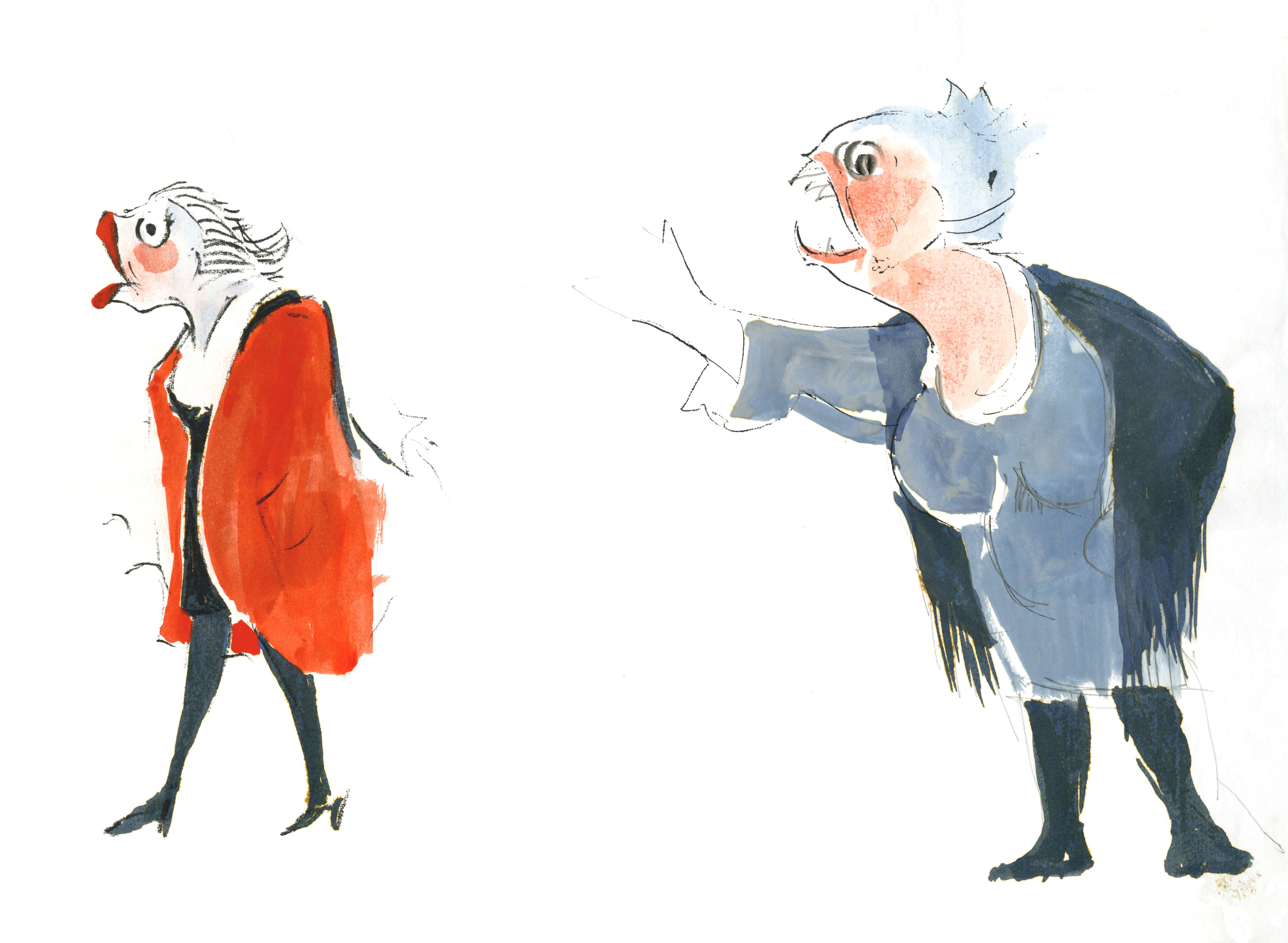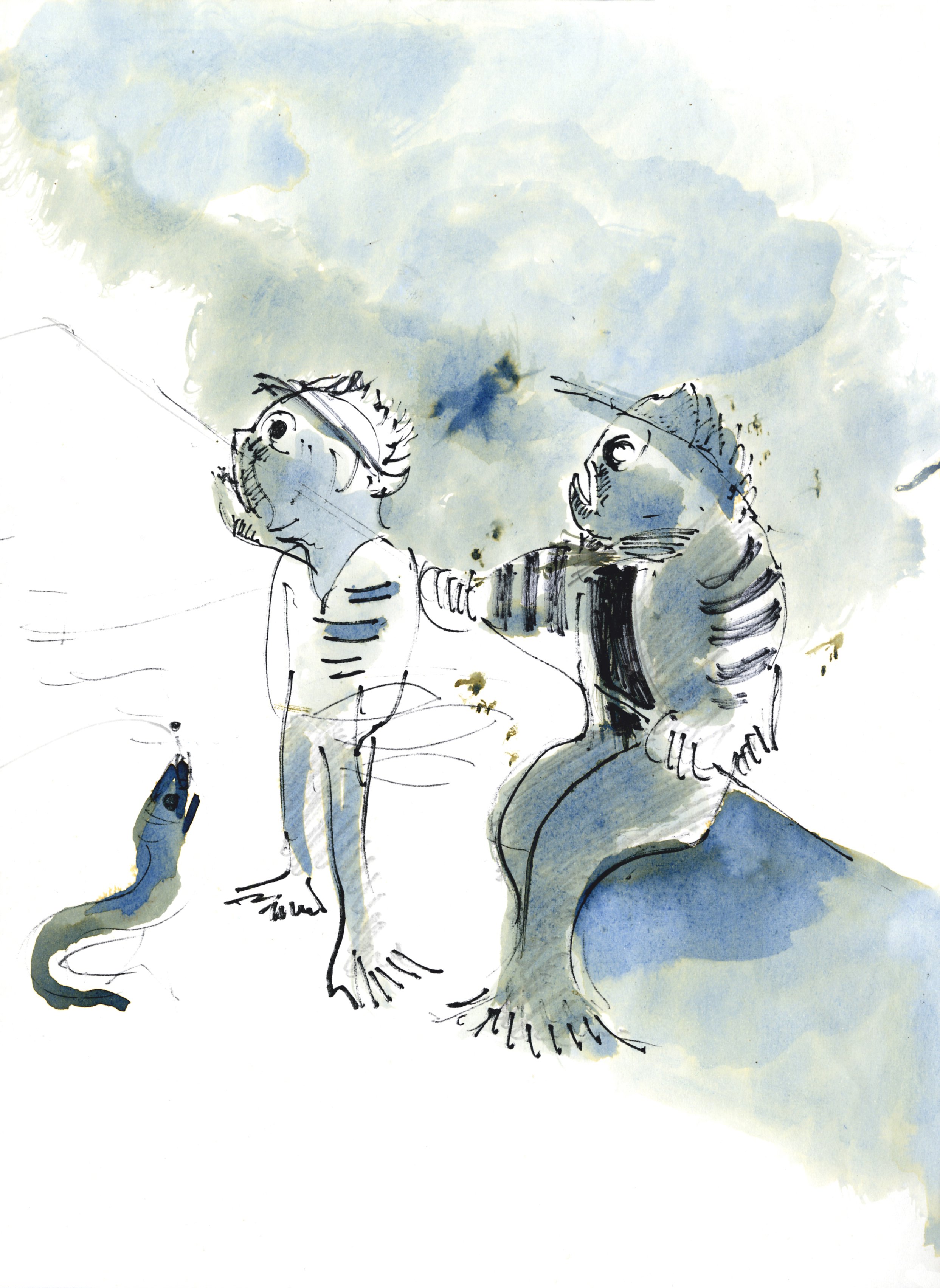The Azores are known for their exceptional intellectuals who carry an enormous emotional burden, and who have been highly influenced by their island experiences, making them truly unique.
Here, at Quinta dos Peixes Falantes, it could not be different: from the artistic expression present in the chapel to the architectural component, everything has a purpose and that is why here the fish talk to us.
So, what are the “Peixes Falantes” (“Talking Fish”)?
They are an artistic creation inspired by the “Sermon of Saint Anthony to the Fish”, by Portuguese Jesuit priest António Vieira. A literary work of great importance in Portugal, this sermon was anthropomorphized into a set of singular paintings that the author, uncle and relative of the owners of Quinta dos Peixes Falantes, left to his nephews as a legacy, and which today colors and nurtures the history of this unique place in the Azores.
Besides their sentimental value, these works of art are of great artistic value for they were made by the Azorean author José Nuno da Câmara Pereira.
Who was José Nuno?
José Nuno da Câmara Pereira, or José Nuno (as he was known in the cultural milieu), was considered by many to be the most or one of the “most important Portuguese plastic artists residing in the Azores”.
Born on the island of Santa Maria, he devoted his life to painting, sculpture and education receiving numerous distinctions and awards, such as an award from the first Bienal de Artes dos Açores e do Atlântico, during the Calouste Gulbenkian Foundation’s third Plastic Arts Exhibition.
Following his time at the Massachusetts Institute of Technology (MIT) he returned to Portugal, where he participated in the creation of the CAI - Centro de Arte e Investigação (Centre for Art and Investigation), founding the Oficina d’Angra – Associação Cultural.
In 2016, he held his last major exhibition of his work, at the Arquipélago Centro de Artes Contemporâneas (“Arquipélago Contemporary Art Center”), titled “Um Sísifo Feliz” (“A Happy Sisyphus”).
